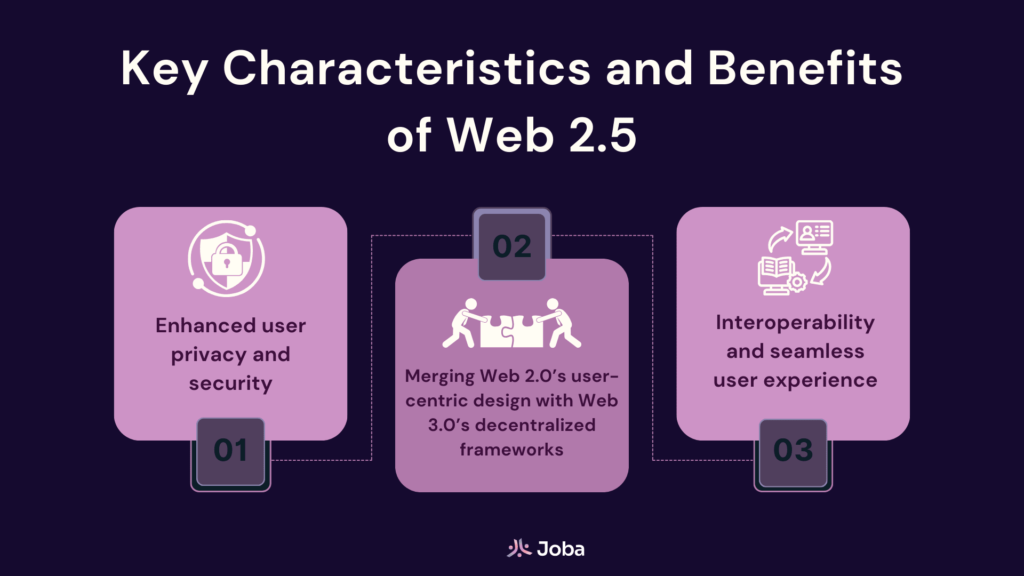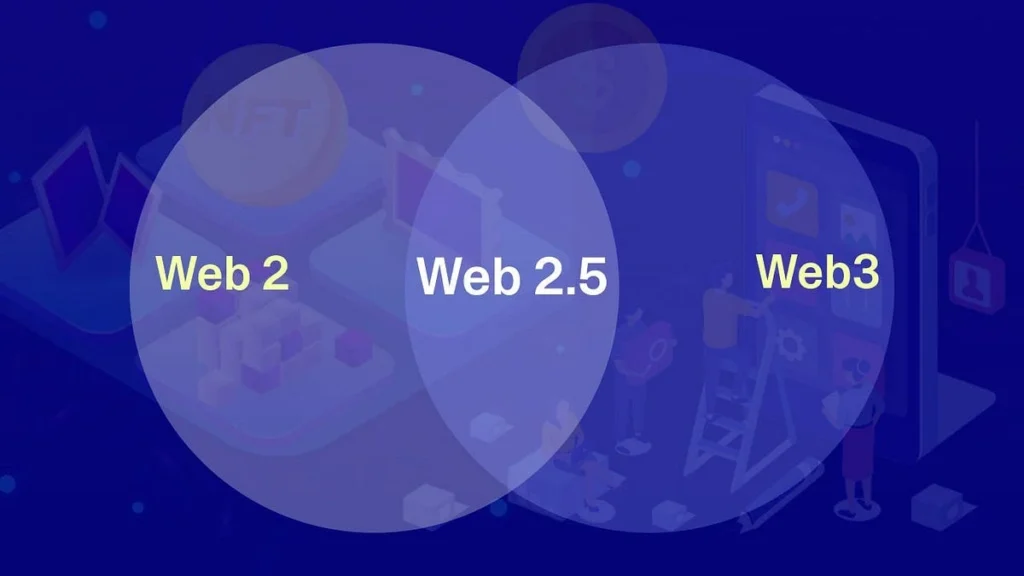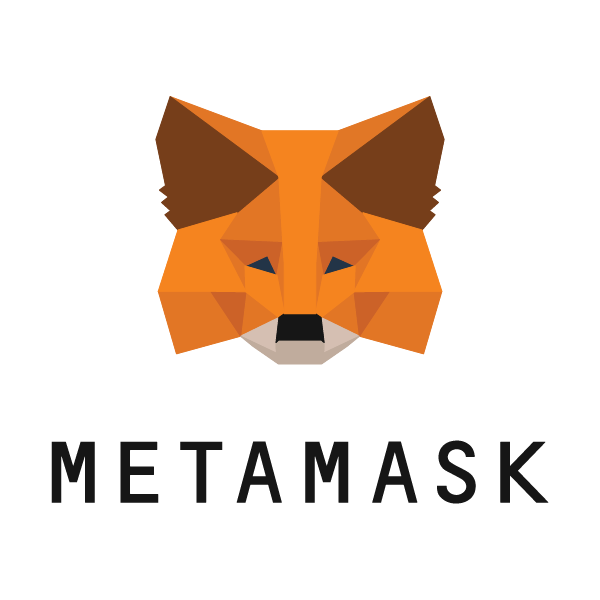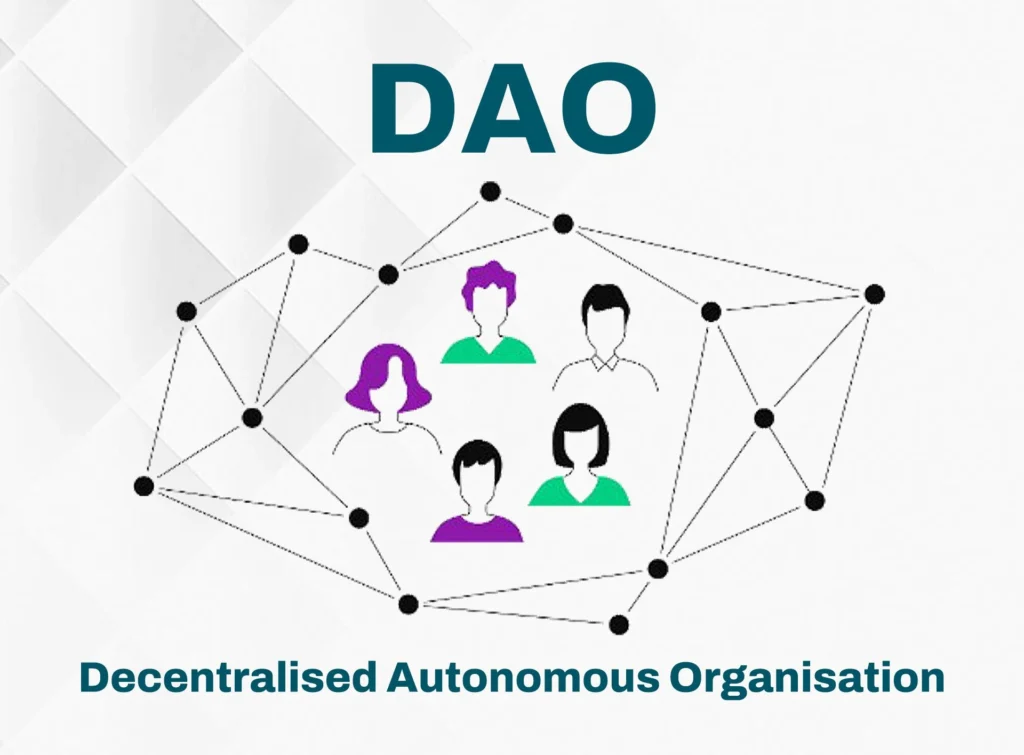Web2.5: Trendy Bridge or Just More Hype? Let’s Break It Down
Let’s cut to the chase — the Web2.5 trend is everywhere right now. Startups can’t stop pitching it, VCs can’t stop funding it, and if you’ve scrolled through tech Twitter lately, you’ve probably seen the term at least a dozen times.
But let’s be honest — it kind of sounds like a half-hearted sequel. Web2.5? Really? Like Web2.1 wasn’t enough?
Still, this “bridge” between Web2 and Web3 is gaining traction. So is it legit innovation, or just the latest buzzword in a long line of blockchain-adjacent fluff?
Time to unpack it.

What Is Web2.5, Exactly?
Here’s the simplest way to think about it: Web2.5 is the mullet of the internet — business in the front (Web2), party in the back (Web3).
It’s not fully decentralized, and it’s definitely not fully centralized either. It’s trying to cherry-pick the best of both worlds — modern UX with a sprinkle of crypto magic. Log in with your email, pay with your credit card, but under the hood? Tokens, wallets, blockchains, smart contracts. The usual Web3 jargon — just more polite about it.
Basically, it’s a compromise. Which, depending on who you ask, is either a smart move… or a total cop-out.

Why the Web2.5 Trend Is Catching On
Here’s where I’ll give credit: Web3 has problems — real ones. It’s clunky, intimidating, and, frankly, too obsessed with decentralization purity tests.
People want innovation, not homework.
Enter Web2.5: it doesn’t ask users to learn crypto lingo or set up MetaMask just to collect digital loyalty points. It says, “Hey, you can still use your Gmail login, but congrats — you now own a digital asset on the blockchain.”
Clever? Absolutely. Revolutionary? Hmm… not quite.
But for brands, it’s a no-brainer. It gives them a way to tap into Web3 buzz without alienating the 99% of users who don’t care about seed phrases or DAO governance.


Is Web2.5 Just Web3 in a Hoodie?
Some people think so. To the skeptics, Web2.5 is basically Web3 trying to sneak in through the side door. A Trojan horse wearing a hoodie and sipping a cold brew.
They argue that if a platform still controls your wallet, it’s not decentralized. If you don’t feel the blockchain, does it even matter that it’s there?
It’s a fair question — and the answer isn’t black and white.
Sure, it’s a diluted version of the Web3 vision. But maybe that’s the point. Not everyone wants to join a DAO to get coffee rewards. And not every platform needs to be fully decentralized to be useful.
Sometimes progress looks like evolution, not revolution.

Web2.5 in the Wild: Real Use Cases
Despite the criticism, the Web2.5 trend isn’t just a concept — it’s already out in the world.
- Reddit is selling collectible avatars that are technically NFTs — but most users wouldn’t know it.
- Starbucks Odyssey gives you blockchain-backed loyalty rewards — without ever using the word “crypto.”
- Instagram flirted with NFTs, before quietly walking it back (guess the honeymoon ended early).
These are test runs — experiments. Some will crash and burn. Others might reshape digital experiences for good.
But one thing’s for sure: Web2.5 is being taken seriously by companies that don’t usually chase fads.


The (Inevitable) Issues
Now, here’s where things get messy — and yes, they will get messy.
- If a centralized app holds your tokens for you… do you really own them?
- What happens when regulators realize platforms are handing out crypto-backed loyalty points like candy?
- And what about security? Web2 and Web3 both have their flaws — and Web2.5 risks inheriting the worst of each.
Web2.5 may look easier, but that doesn’t mean it’s airtight. Underneath the slick UI, the same old problems are waiting — just wearing a friendlier face.
Final Thoughts: Is the Web2.5 Trend Worth the Hype?
So let’s wrap it up: is Web2.5 the future? Or just a buzzword in search of substance?
Honestly… a little of both.
It’s not groundbreaking — not in the way hardcore Web3 believers hoped. But it is practical. It’s accessible. It’s marketable. And that might just make it more influential than Web3 itself — at least in the short term.
Will it evolve into something transformative? Maybe. Or maybe it’s just a comfy middle step before we leap (or stumble) into the decentralized unknown.
Either way, the Web2.5 trend is here — and whether you’re a fan or a critic, it’s worth watching.
Just… don’t believe the hype without asking questions.
Relevant Link : Here




